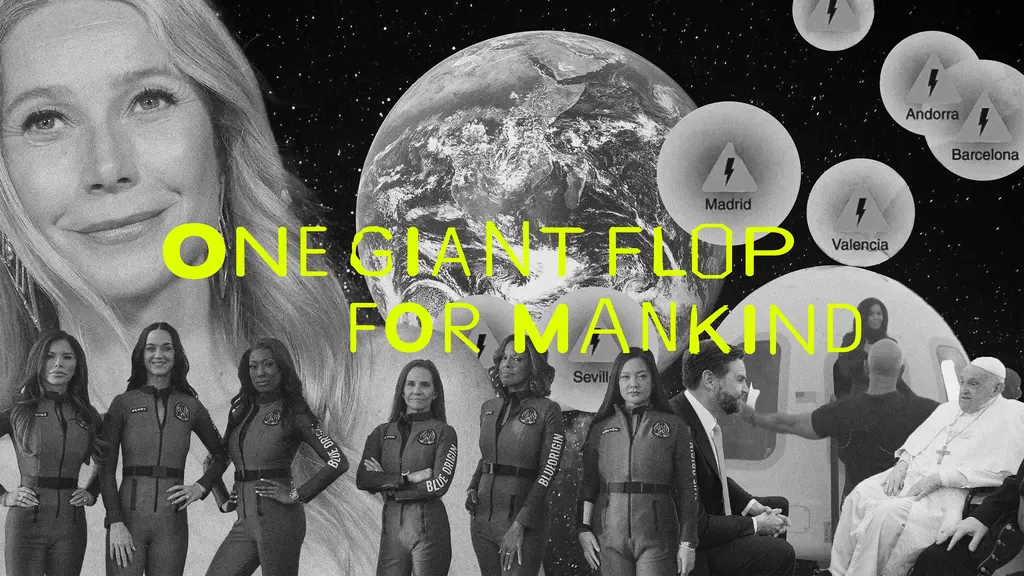In Pictures: The hidden communities of remote Vietnam
- Text by Adam White
- Photography by Réhahn

Réhahn had an epiphany. Born and raised in France, he had long been fascinated by Vietnam and its faraway mystery. But it wasn’t until he began sponsoring children in poverty in the country that he realised he could make a real difference. “I decided to organise a trip to meet the children and their families in Hoi An,” he says, “and I just fell in love with the people and the lifestyle. I promised them I’d come back, and I came back every year.” It was four years in to his annual visits that he decided to stick around. “I quit my job and settled down in the city. I started to ride a motorbike and explore the remote areas of the country. That’s when I became a professional photographer.”

Since 2011, Réhahn has since been photographing the 56 different ethnic groups that make up the country, highlighting Vietnam’s diversity and cultural identity in the process. “People think that Vietnam is only six famous cities, and they completely ignore the other faces of the country. It’s not only beautiful beaches and rice terraces. 56 ethnic groups with 56 different cultures, different costumes and different languages.”

Part of his motivation comes from the fact that such diversity could be on its way out. “Unfortunately they’re disappearing and being replaced by the Western culture. That’s why I want to document them and show the world.” Able to speak fluent Vietnamese, Réhahn has found it relatively easy to convince inhabitants of some of the country’s most remote communities to pose for his camera. “I explain my project, and I’ve found them always to be very excited to wear their native costumes and to share their cultures. Some of these groups are only comprised of 600 people. But they all have something to share and something to tell.”

Many of Réhahn’s photographs have been published in a new photo book, Vietnam: Mosaic of Contrasts Vol. 2, available here, and he plans on bringing much of his work, along with traditional Vietnamese costumes, to the Caen International Fair in September.







Find out more about Réhahn and his work at his website.
Enjoyed this article? Like Huck on Facebook or follow us on Twitter.
You might like

In Medellín’s alleys and side streets, football’s founding spirit shines
Street Spirit — Granted two weeks of unfettered access, photographer Tom Ringsby captures the warmth and DIY essence of the Colombian city’s grassroots street football scene.
Written by: Isaac Muk

Remembering New York’s ’90s gay scene via its vibrant nightclub flyers
Getting In — After coming out in his 20s, David Kennerley became a fixture on the city’s queer scene, while pocketing invites that he picked up along the way. His latest book dives into his rich archive.
Written by: Miss Rosen

On Alexander Skarsgård’s trousers, The Rehearsal, and the importance of weirdos
Freaks and Finances — In the May edition of our monthly culture newsletter, columnist Emma Garland reflects on the Swedish actor’s Cannes look, Nathan Fielder’s wild ambition, and Jafaican.
Written by: Emma Garland

Dalia Al-Dujaili: “When you’re placeless, nature can fill the void”
Babylon, Albion — As her new book publishes, the British-Iraqi author speaks about connecting with the land as a second-generation migrant, plants as symbols of resistance, and being proud of her parents.
Written by: Zahra Onsori

Why Katy Perry’s space flight was one giant flop for mankind
Galactic girlbossing — In a widely-panned, 11-minute trip to the edge of the earth’s atmosphere, the ‘Women’s World’ singer joined an all-female space crew in an expensive vanity advert for Jeff Bezos’ Blue Origin. Newsletter columnist Emma Garland explains its apocalypse indicating signs.
Written by: Emma Garland

We are all Mia Khalifa
How humour, therapy and community help Huck's latest cover star control her narrative.
Written by: Alya Mooro

